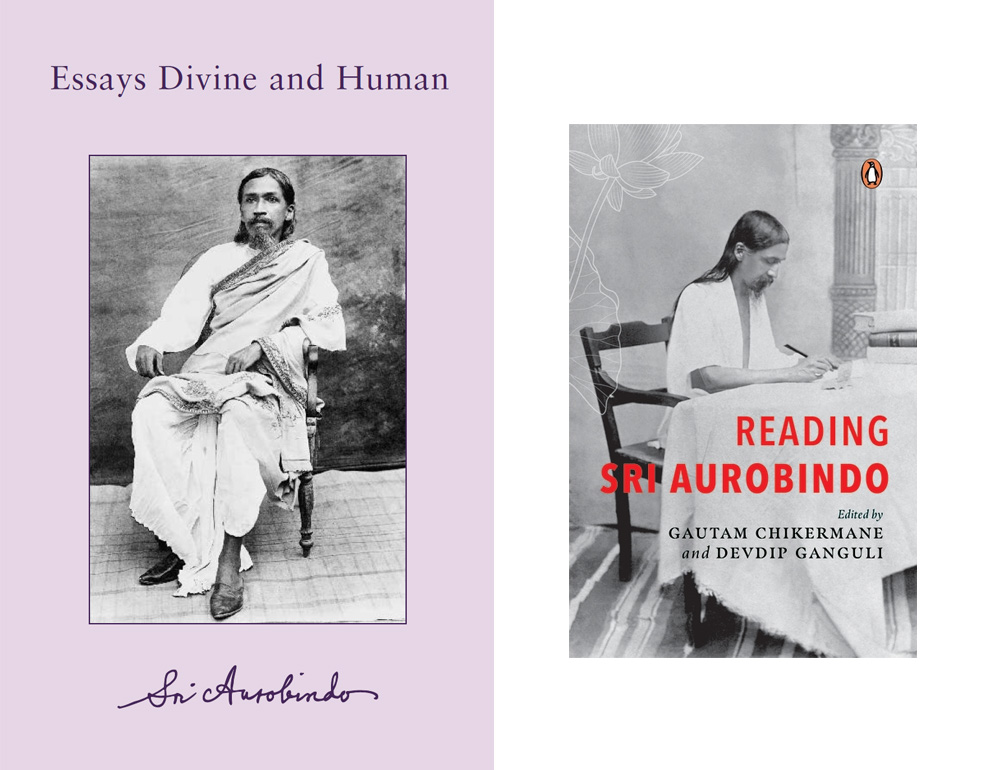Last month during our week’s sejourn in east India, we finally visited the incredible Sun Temple of Konark, Odisha. Considering that the temples in Orissa had not exactly overwhelmed us in their cleanliness or sanctity (despite the awe-inspiring architecture), our first reaction to the sight of the Sun Temple was “Thank God, this place is not a center of worship anymore!”
It was incredibly clean, the lawns were green and well maintained, with hardly any litter around. This promised to be a good experience! We hired a guide – an original at that, a 66 year old to whom the area nearby was home. Apparently, he was from the first batch of trainees recruited by the Govt of India when the site was declared a world heritage site.
The Temple, in context
Perfect proportions, unimaginable detailing, immense care in design and expression – we spent over 4 hours walking around the temple and finally came away saying we must see it again!
A couple of days later we even tried reaching there for sunrise, having left Puri at 4 to receive the first rays of the sun on the Chandrabhaga beach.
Sadly, it was not to be, as it turned out to be a cloudy day.
That morning, the temple was steeped in mist, and in moments, it felt truly magical. There is a beautiful poem The Stone Mason, which goes straight to the essence of this kind of work.
The Stone Mason
One learns to feel the nature of the stone
And understand the way it must be faced.
The artist’s hands are rough but his heart is true,
He sees the beauty others cannot see
Who look at rock and rubble at their feet,
But more than this he knows that every stone
Must harmonize with others in the wall.
There is an architecture he must build,
A harmony that he alone can find
Among the dazzling patterns and the hues.
His art does not condone the use of lime
Or concrete peering from each interface.
With a level eye he measures pitch and point,
An elegance creates that must endure
All seasons and the wearing down of time.
The craftsman of the drywall reigns supreme.
He works with Nature and through Nature builds
Line by line his poetry of stone.
– Narad (Richard Eggenberger)




